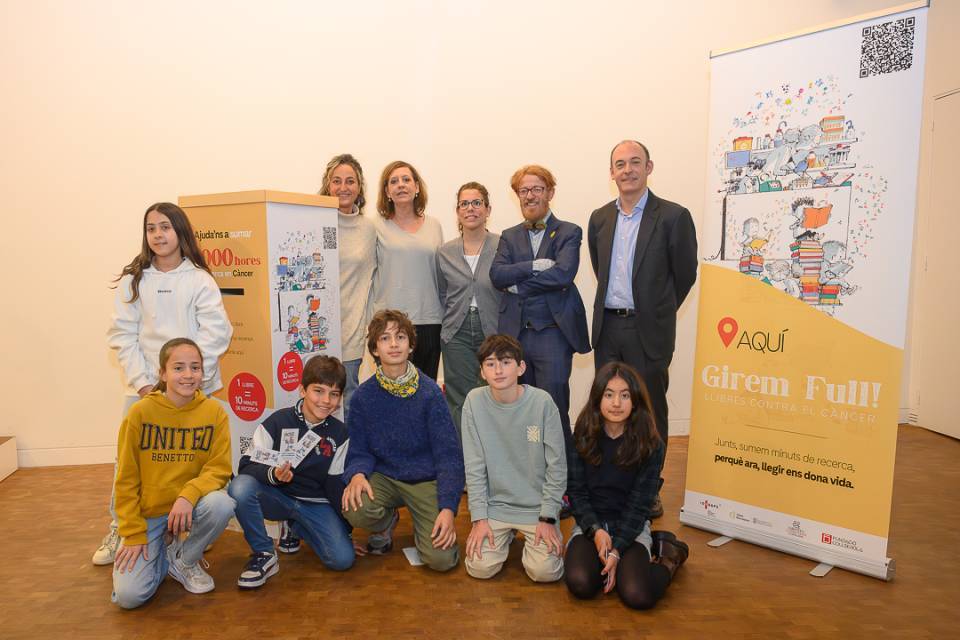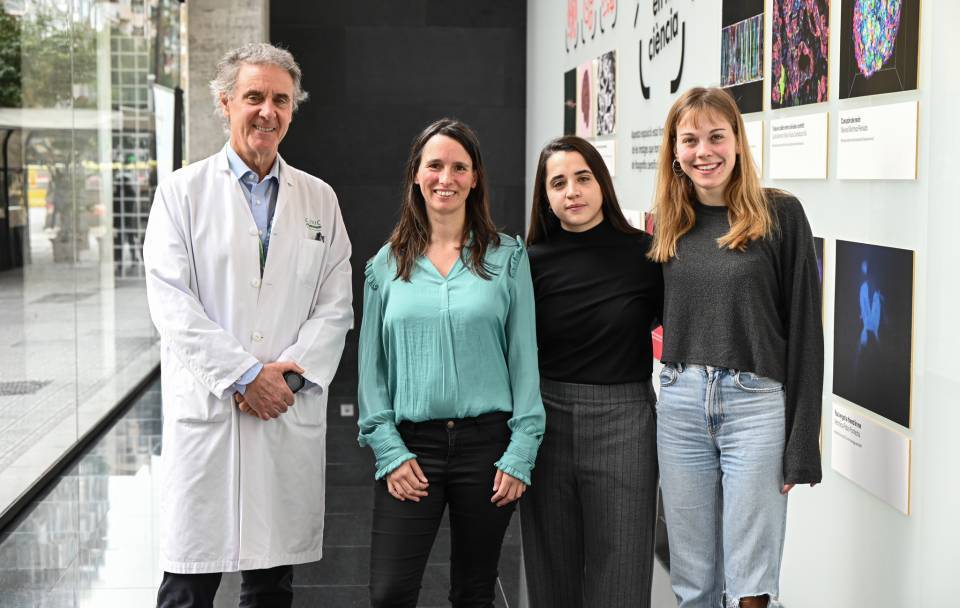- What is cancer immunotherapy?
- Immunotherapy types
- What is CAR-T therapy?
- How is CAR-T therapy done?
- Before and during CAR-T administration
- What happens after I am treated with CAR-T?
- What is TIL therapy?
- How is TIL therapy done?
- Before and during TILs administration
- What happens after I am treated with TILs?
Immunotherapy types
There are different types of immunotherapy and each works differently. Some help the immune system stop or slow the growth of cancer cells. Others help the immune system destroy cancer cells or prevent cancer from spreading to other parts of the body (metastasis). Immunotherapy treatments can be used separately or in combination with others.
Immunotherapy with antibodies
The classic therapies with good clinical results for the longest time are based mainly on the use of antibodies.
These antibodies can perform different functions:

These induce the death of cancer cells. Examples of these antibodies are anti-CD20 (rituximab, MabThera®), used in non-Hodgkin lymphoma, and anti-CD52 (alemtuzumab, Campath®), administered for chronic lymphocytic leukaemia.

These prevent the deactivation of the T lymphocyte-mediated response. Very positive results have been obtained with anti-CTLA4 (ipilimumab, Yervoy®), anti-PD1 (nivolumab) and anti-PDL1 blocking antibodies, which have been effective against solid tumours at very advanced stages.

Immunostimulants: Clinical trials are underway using antibodies that stimulate the substances CD27 and CD137.
Non-specific immunotherapy
Non-specific immunotherapy also helps the immune system destroy cancer cells. Most people receive this type of therapy after other cancer treatments or alongside chemotherapy or radiation therapy.
The two most commonly used non-specific immunotherapies are:

Interleukins. Interleukins are proteins that help cells communicate and can initiate an immune system response. Interleukin-2 (IL-2), or aldesleukin (Proleukin®), produced in the laboratory, may be indicated in kidney cancer and skin cancer, including melanoma.
Oncolytic virus therapy

Viruses modified in a laboratory are used in oncolytic virus therapy to destroy cancer cells, leaving healthy cells intact.
First, a genetically modified virus is injected into the tumour. The virus penetrates the cancer cells and reproduces. As a result, the cancer cells burst and die. As the cells die, they release proteins that trigger the immune system to target any cancer cells in the body that have the same proteins as the dead cancer cells. The virus does not enter healthy cells.
Immunotherapy with dendritic cells or anti-tumour vaccines

A dendritic cell is a type of immune cell. It is found in tissues such as the skin and stimulates immune responses by presenting antigens to other immune system cells. The process is carried out by the injection in the form of a vaccine of dendritic cells with tumour antigens. This process helps the immune system to recognise tumour molecules (antigens).
T-cell therapy

T-cell therapy is divided into 3 main groups:
- CAR T-cells: This therapy uses genetically modified T cells. They are modified to express a chimeric antigen receptor (CAR).
- TILs: Tumour-infiltrating lymphocytes are used.
- TCR-T: genetically modified T lymphocytes are used in this therapy. They are modified to express a specific T-cell receptor (TCR).
Both therapies require the extraction of these cells from the patients themselves for subsequent re-administration.
Substantiated information by:


Published: 21 September 2023
Updated: 21 September 2023
Subscribe
Receive the latest updates related to this content.
Thank you for subscribing!
If this is the first time you subscribe you will receive a confirmation email, check your inbox




